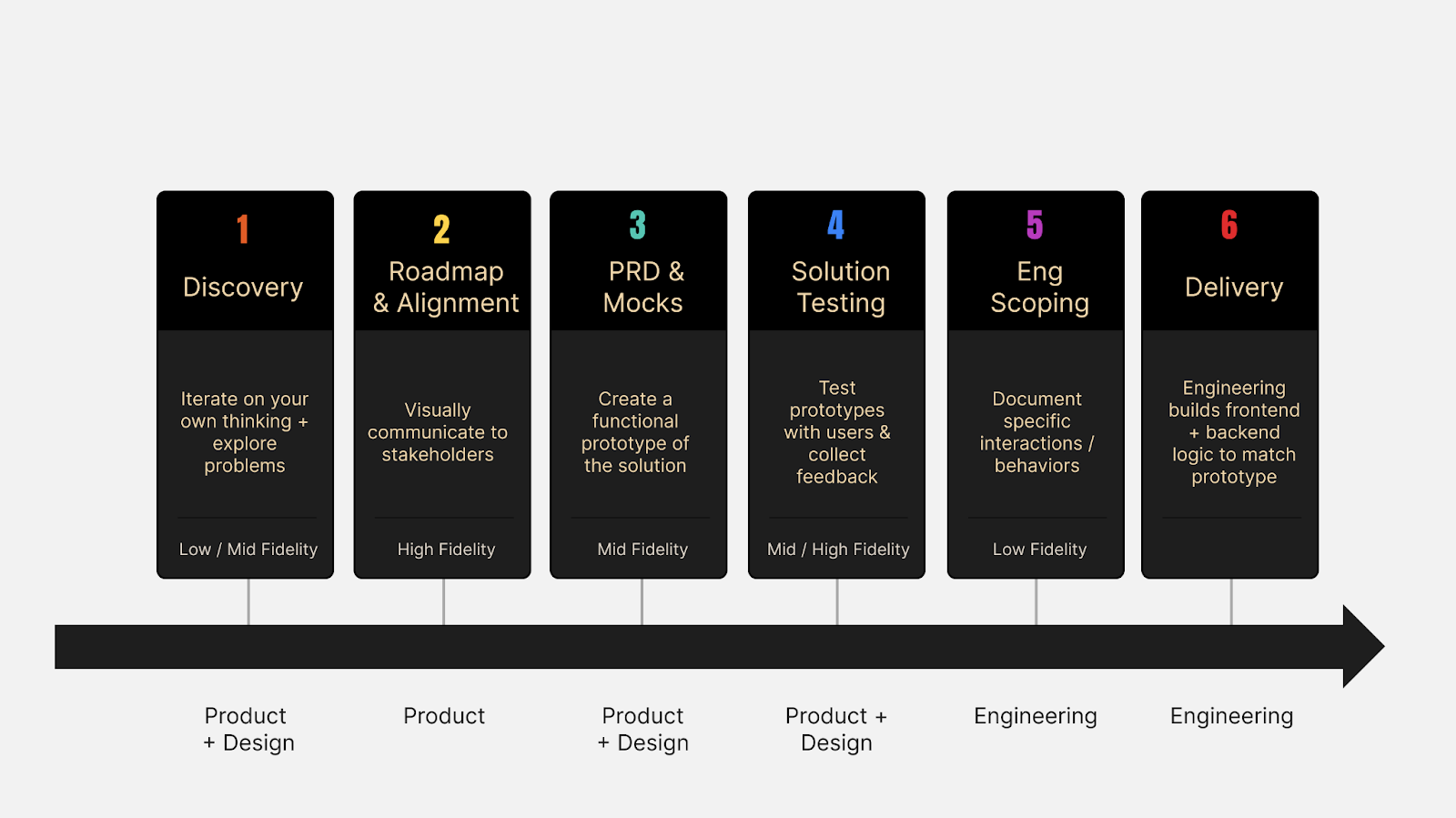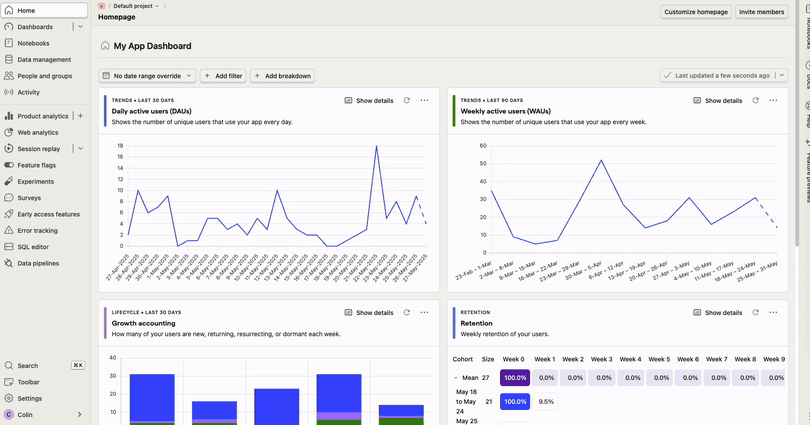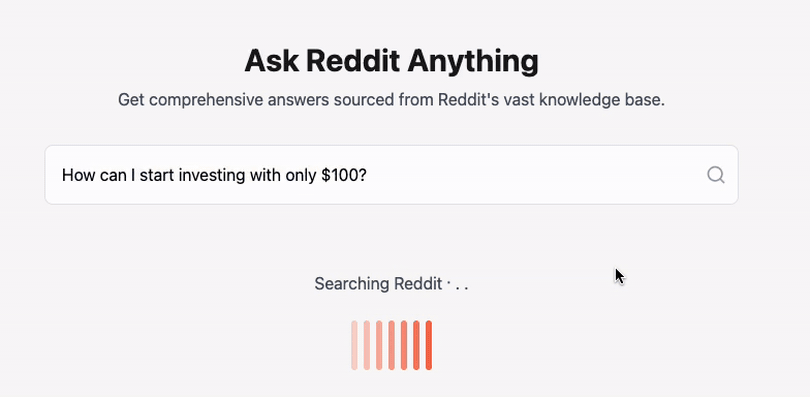How AI prototyping is transforming the product development lifecycle
Practical guidance on how to reshape your product development lifecycle with AI
Hey, I’m Colin! I help PMs and business leaders improve their technical skills through real-world case studies. For more, check out my live courses, Technical Foundations and AI Prototyping.
The traditional product development lifecycle hasn't changed much: What has changed is how we can leverage AI prototypes to get better and faster insights within each stage.
Let’s walk through each phase of product development and how you can start leveraging AI prototyping to accelerate exploration and delivery.
Discovery
During discovery, you're exploring problems and iterating on potential solutions. Traditionally, this meant sketches, wireframes, and lots of imagination when presenting to stakeholders. With AI prototyping, you can build functional prototypes that let you actually experience the solution. This transforms discovery from theoretical discussions to hands-on exploration.
For example, let’s say you're a PM at Reddit exploring an AI-powered Q&A feature. Instead of just describing it in a PRD, you can just build it.
In less than 5 minutes, you have a working prototype that demonstrates:
How the UI might look
The actual user flow
How citations could work
What information architecture makes sense
At this stage, you want to use AI to test multiple options quickly and not get tied down to any single solution. It's important to not get attached to your ideas early just because they’re higher fidelity.
To nail discovery with these tools:
Start with the core interaction Don't try to build everything. Focus on the main user action. For Reddit Answers, that's asking a question and getting an answer.
Use real-looking data Nothing kills a prototype faster than "Lorem ipsum" content. Use realistic questions and answers that stakeholders might actually search for.
Keep fidelity low (intentionally) During discovery, you want feedback on the concept, not the pixels. Don’t spend too much time or effort on matching your exact branding.
Build multiple variations quickly The power of AI prototyping is iteration speed. Build 3-4 different approaches in the time it used to take to sketch one. Try different layouts, flows, or feature sets.
Roadmap & Alignment:
When you're aligning stakeholders on roadmap priorities, a polished prototype can be worth a thousand slides. AI tools excel at creating high-fidelity prototypes that look like finished products. Once you’ve settled on a solution we think is close to realistic, we can build a more polished version for internal communication.
Here’s the same Reddit Q&A feature, just with better UI and animations:
For executive and senior stakeholders, you want to make it clear this is a prototype and the final product may differ. The goal is to communicate the idea without distracting anyone with visual inconsistencies.
To create a higher fidelity prototype:
Use your actual design system Spend 30 minutes building a component library inside an AI prototyping tool – you'll use it for months.
Show the feature in context Don't prototype in isolation. Include your product's navigation, headers, and other UI elements so stakeholders can visualize how it fits.
Add micro-interactions Small touches like hover states, loading animations, and transitions make prototypes feel real. These details build confidence in your vision.
Include edge cases Show what happens with no results, errors, or long content.
Solution Testing
The biggest shift in solution testing is that you can now test with prototypes that feel like finished products. Users can't tell the difference, which means you get authentic feedback.
This requires preparing a few sample workflows and populating realistic sample data. For Reddit Answers, we could put this in front of users and gather real insights about:
What questions they naturally ask
Whether the UI is intuitive
How they interact with citations
Their satisfaction with AI-generated answers
You can also add any product analytics tools or external solutions directly to your prototype. This allows you to record the exact interactions users took inside the prototype, reducing your need to take detailed notes during a call and allowing you to easily share this data with your team.
Here’s an example of Posthog events and recordings I’m collecting on a prototype:
To make sure it's ready for testing with customers:
Make it feel production-ready Users give different feedback on rough prototypes versus polished ones. Use high-fidelity prototypes to get reactions to the actual experience, not the prototype quality.
Include enough depth Build out 2-3 common user paths completely. Users should be able to explore naturally without hitting dead ends.
Add analytics from the start. Interaction tracking and session recordings make it easier to share information with your team later. Use tools like Posthog for this.
Test your riskiest assumptions first For Reddit Answers, the big risk might be trust in AI-generated content. Design your test to specifically probe this concern.
Engineering Handoff
It’s important to remember that the code generated by AI prototyping tools is mostly useless to your engineering team. It doesn’t have any context on how your code base works, how to structure files, or even if it's using the same programming language.
Where it can be useful is to drive conversation on requirements and to document specific interactions. For example, our Reddit prototype might prompt the following questions from engineering:
What does the accuracy score mean?
How will it be generated?
What external sources should be used?
Is there any content within Reddit that should be excluded from answers?
How should answers be vetted before being included in the AI response?
Using the prototype as an artifact for communication can drive better discussion and collaboration between design, product, and engineering.
As a bonus, you can also hand off exact requirements for small UI interactions, like hover states and animations. If we wanted this exact loading state from the prototype, the code is actually a useful starting point.
To get the best handoff with engineering:
Don’t assume the code is valuable: Share the code via Github or a file extract, but let the engineering team take what they want from it
Use system prompts: To get more useful code, have the engineering team write a system prompt that pushes the AI to use your engineering patterns
Drive rich conversations: Bring your prototype with you to scoping and use it as the primary conversation piece instead of your PRD
Use interactions: Prototype the exact loading states, animations, and empty states you want to save time and provide more clarity
Putting it all together
AI prototyping isn't just about building things faster – it's about fundamentally changing how we validate ideas and communicate vision. When you can go from idea to functional prototype in minutes, you can:
Test 10x more ideas in the same time
Get real user feedback before writing a single line of production code
Align stakeholders with experiences, not explanations
Surface technical questions before engineering starts
Hand off working code that engineers can build from
The teams that master this workflow will ship better products, faster. The tools are here. The only question is: what will you build first?







I am with you on its use in the discovery phase and for user testing. You mentioned the code is probably not that useful. I think it’s worth noting that on the design too a lot will likely need to be changed to match design systems, add animation, clean up copy etc. I think these tools are better in early concept explorations than as a production tool. Curious if you have seen teams actually use it for design handoff to Eng.